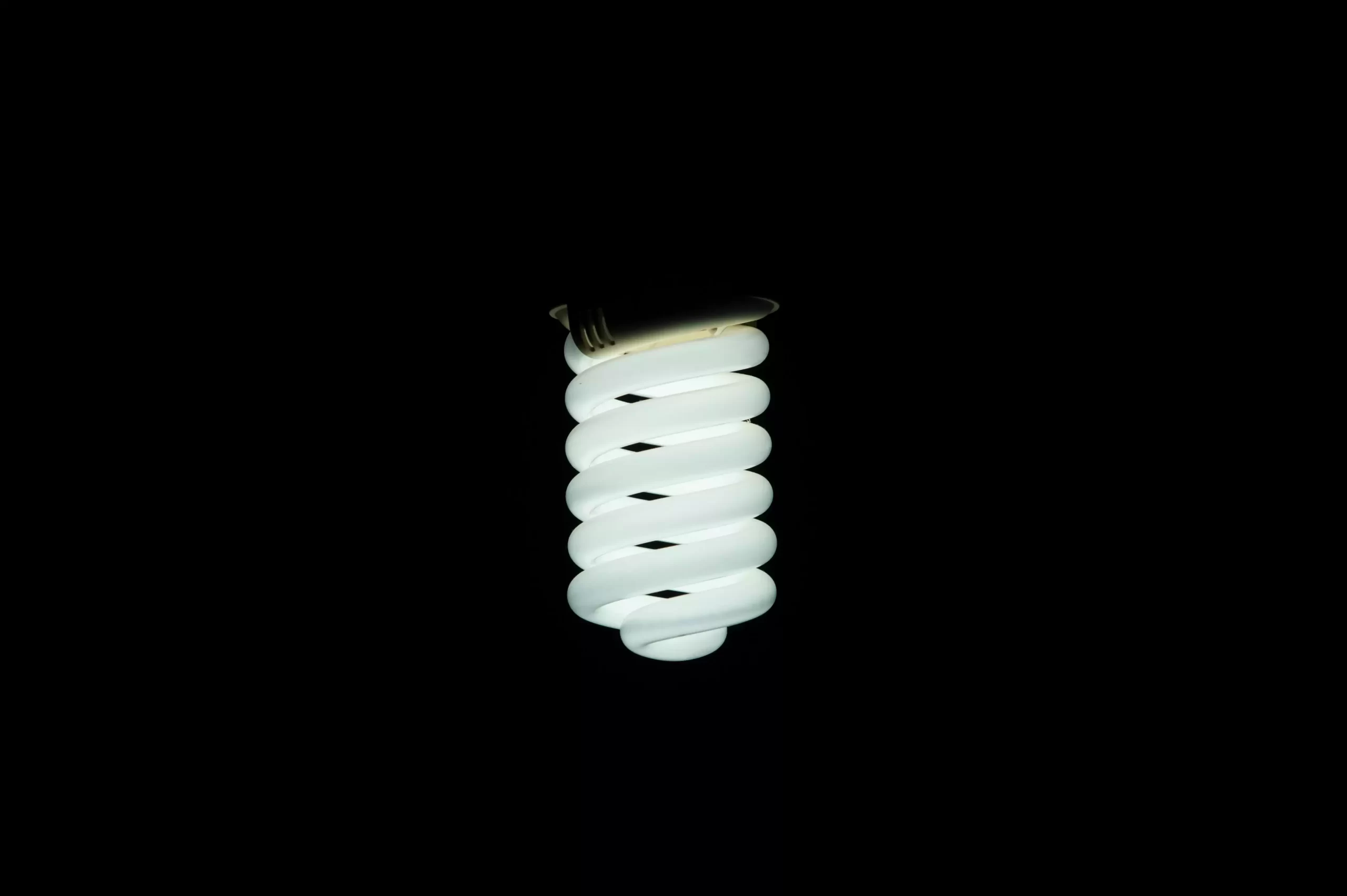As the world continues to battle the pressing issues of climate change, energy efficiency has become one of the key solutions for reducing greenhouse gas emissions. One of the most effective and accessible ways to contribute to this effort is by switching to energy-efficient LED lighting. But beyond just lowering electricity bills, did you know that LED lighting is also a pivotal part of carbon projects aimed at mitigating climate change?
In this article, we’ll explore how energy-efficient LED lighting reduces carbon footprints, how LED lighting carbon projects work, and why transitioning to LEDs is one of the most impactful choices you can make for both the environment and your wallet.
The Basics: What Are LED Lights?
LED stands for Light Emitting Diode, a technology that produces light by passing an electrical current through a semiconductor material. Unlike traditional incandescent and fluorescent bulbs, LEDs don’t rely on burning filaments or gasses to emit light. As a result, they are much more energy-efficient and durable.
Why LEDs?
- Energy Efficiency: LEDs consume up to 75% less energy than incandescent bulbs and 30% less than compact fluorescent lights (CFLs).
- Longevity: LEDs can last up to 25 times longer than traditional lighting options, meaning fewer replacements and less waste.
- Cost Savings: Over time, the reduction in energy use and replacement costs leads to significant savings for consumers and businesses.
- Reduced Heat Emission: LED lights emit very little heat, which improves energy efficiency in areas that need cooling.
This energy efficiency translates directly into a smaller carbon footprint—and this is where the connection to carbon projects comes in.

What Are Carbon Projects?
Carbon projects are initiatives designed to reduce, avoid, or remove greenhouse gas emissions from the atmosphere. Companies and organizations implement these projects to generate carbon credits, which can be traded or sold in carbon markets. By investing in or developing carbon projects, businesses can offset their own carbon emissions to achieve net-zero goals.
There are various types of carbon projects, including reforestation, renewable energy projects, and energy efficiency initiatives. Energy-efficient LED lighting carbon projects fall under the category of energy efficiency. These projects help lower emissions by reducing the amount of electricity needed for lighting, thus decreasing the demand for fossil-fuel-based power generation.
How Energy-Efficient LED Lighting Carbon Projects Work
LED lighting projects are recognized in carbon markets because of their potential to lower carbon emissions by reducing energy consumption. These projects usually involve the mass installation of LED lighting in buildings, factories, or public spaces. The reduced energy demand directly translates into fewer carbon emissions from power plants, which traditionally rely on fossil fuels.
Here’s a step-by-step breakdown of how an LED lighting carbon project works:
- Energy Audit: The first step involves conducting an energy audit to identify areas where LED lighting can replace inefficient lighting systems. This could be in homes, offices, or industrial settings.
- Implementation: Energy-efficient LEDs are installed to replace older incandescent, halogen, or fluorescent lights. The implementation phase may also include integrating smart lighting controls, such as motion sensors or daylight harvesting systems, to further reduce energy consumption.
- Energy Savings Calculation: Once the LEDs are installed, energy savings are calculated by comparing the pre-installation energy consumption with the new reduced energy usage.
- Carbon Credit Certification: The energy savings are converted into carbon credits using standard protocols recognized by carbon markets (e.g., the Verified Carbon Standard or the Gold Standard). These credits represent the amount of carbon emissions avoided as a result of the project.
- Sale or Use of Carbon Credits: The carbon credits can be sold to companies looking to offset their emissions or used internally to meet corporate sustainability goals.

Benefits of Energy-Efficient LED Lighting Carbon Projects
- Significant Emission Reductions: By reducing electricity consumption, LED lighting projects cut down on the emissions from power generation, particularly in regions where electricity is still generated using fossil fuels such as coal and natural gas.
- Scalability: LED lighting projects can be implemented on a large scale, from small residential areas to large industrial complexes or entire cities. This scalability makes LED carbon projects one of the most versatile tools in the fight against climate change.
- Cost Savings: In addition to the environmental benefits, these projects often lead to substantial cost savings for the organizations or municipalities involved, as lower energy consumption translates into smaller electricity bills.
- Improved Lighting Quality: LED lighting not only cuts energy use but also provides better quality lighting. With instant-on functionality, longer lifespans, and better light distribution, LEDs are a clear upgrade from traditional lighting.
- Health and Safety: LED lights don’t contain harmful substances like mercury, which is present in CFLs, and they emit very little ultraviolet light, reducing health risks.
Challenges and Considerations in LED Lighting Carbon Projects
While energy-efficient LED lighting projects offer numerous benefits, there are a few challenges and considerations to keep in mind:
- Upfront Costs: Although the long-term savings are significant, the upfront costs of purchasing and installing LED lights can be a barrier for some organizations or communities. However, the cost of LEDs has been decreasing, and many carbon credit programs offer financial incentives or rebates to offset these initial expenses.
- Verification and Monitoring: For an LED lighting project to generate carbon credits, it must be verified and monitored over time. This process can be complex and may require ongoing documentation and third-party verification to ensure that the claimed energy savings and emissions reductions are accurate.
- Grid Mix: The effectiveness of an LED lighting project in reducing carbon emissions depends heavily on the energy grid’s composition. In areas where electricity is primarily generated from renewable sources, the carbon reductions may be lower. However, in regions that rely on fossil fuels, the impact of such projects is much more substantial.
Why You Should Switch to Energy-Efficient LED Lighting
For individuals and businesses alike, switching to energy-efficient LED lighting offers immediate and long-term benefits. From saving on electricity bills to reducing your carbon footprint, the advantages are clear. Whether or not you’re directly involved in a carbon project, every LED bulb you install contributes to the global effort to combat climate change.
By replacing incandescent or CFL bulbs with LED lights, you are participating in one of the simplest, yet most effective, ways to reduce greenhouse gas emissions. In fact, if every American household replaced just one traditional bulb with an LED, it would prevent approximately 9 billion pounds of greenhouse gas emissions annually—the equivalent of taking 800,000 cars off the road.
Conclusion
LED lighting carbon projects offer an innovative way to reduce emissions on a global scale, benefiting both the environment and the economy. By understanding the impact of energy-efficient lighting and supporting carbon projects, we can all play a part in driving forward the energy transition necessary to mitigate climate change. So, the next time you switch on a light, consider the bigger picture: those few watts of energy saved might be a step toward a more sustainable planet.
References
- CLASP. (2023) Lighting the path to net zero: boosting China’s LED efficiency. Available at: https://www.clasp.ngo/updates/lighting-the-path-to-net-zero-boosting-chinas-led-efficiency/
- Department for Business, Energy & Industrial Strategy. (n.d.) LED lighting case study 1. Available at: https://assets.publishing.service.gov.uk/media/5a7eb231e5274a2e87db1526/LED_lighting_case_study_1_1.pdf
- Drawdown. (n.d.) LED lighting. Available at: https://drawdown.org/solutions/led-lighting
- eEnergy. (n.d.) eLight LED lighting. Available at: https://www.eenergy.com/solutions/elight-led-lighting/
- GreenVoyage2050. (n.d.) Energy efficient lighting system. Available at: https://greenvoyage2050.imo.org/technology/energy-efficient-lighting-system/
- Litetronics. (2023) How LED lighting can help your customers reduce their carbon footprints. Available at: https://blog.litetronics.com/how-led-lighting-can-help-your-customers-reduce-their-carbon-footprints
- National Highways. (n.d.) We’re lighting the way to net zero. Available at: https://nationalhighways.co.uk/about-us/we-re-lighting-the-way-to-net-zero/
- Reading University. (2023) Lighting the way with energy-efficient LEDs. Available at: https://sites.reading.ac.uk/sustainability/2023/07/03/lighting-the-way-with-energy-efficient-leds/
- SEPCO Solar Lighting. (2023) The advantages of LED lights for the environment. Available at: https://www.sepco-solarlighting.com/blog/the-advantages-of-led-lights-for-the-environment
- Universal Lighting. (n.d.) Lighting and net zero. Available at: https://www.universal-lighting.co.uk/blog/lighting-and-net-zero/
- 299 Lighting. (n.d.) Energy-efficient lighting. Available at: https://www.299lighting.co.uk/en/energy-efficient-lighting
About GreenUP
Pioneering the Green Transition with Expertise and Innovation. With over 10 million I-RECs issued since 2019, we are Vietnam’s leaders in renewable energy certification. Our comprehensive suite of services, positions us uniquely as a one-stop solution for all your green and ESG needs. Experience unparalleled market access, competitive pricing, and strategic partnerships that drive not only cost savings but also significant value to your sustainability goals.







